Gardeners use the lunar planting calendar for 2019 to find favorable dates. The findings of scientists confirm the results of many years of observation. Landing in open or closed ground crops is carried out taking into account the phases of the moon and months.
Compliance with simple requirements has a positive effect on the productivity and health of ornamental and fruit trees, shrubs and vegetables.
Content
Beginning of the agricultural year
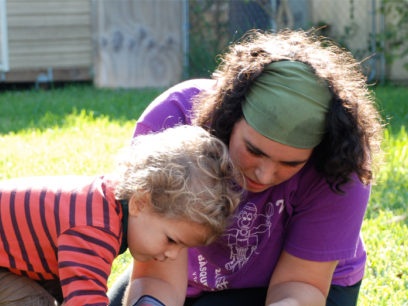 The new moon and the full moon in the first month of the year fall on January 6 and 20. On these days, the gardener refrains from planting and transplanting. Home conservation fans refuse to work from January 21 to 23, inclusive. On other days, manipulations with garden and home greenery are allowed.
The new moon and the full moon in the first month of the year fall on January 6 and 20. On these days, the gardener refrains from planting and transplanting. Home conservation fans refuse to work from January 21 to 23, inclusive. On other days, manipulations with garden and home greenery are allowed.
| date of | What is allowed | Gardening | Work with
the soil |
| 10-17 | Sowing tomatosweet and bitter pepper. Representatives of the pumpkin, bean and cabbage family are planted. Berry crops are planted. Seeds of annual and 2-year-old crops are planted in the southern regions | Cowing, grafting, grafting. Root dressing | Hilling, haying and planting grass |
| 1-3, 24-29 | Planting dill, green onions and lettuce, potatoes, onion (garlic) | Foliar top dressing | — |
| 5-7, 19-21 | — | Mustache removal, weeding, thinning. The formation of tomato bushes | — |
The laying of vegetables for long-term storage is carried out from 1 to 3 and from January 24 to 29. Pest control, which are located underground, is carried out in the days of Capricorn, Taurus and Virgo - January 5-6, January 23. If ground pests are wound up in the garden, then the manipulations are carried out in the days of cancer and twins. It's about January 20th. The gardener pays special attention to diseases of a viral nature - a mosaic.
Viral diseases remind of themselves
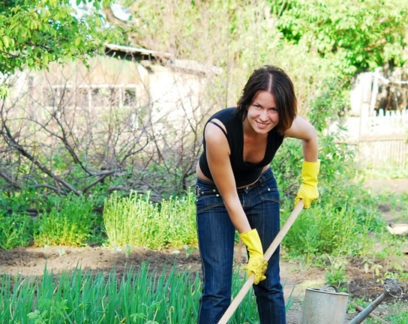 Planting seeds and fruit crops is not carried out on February 5 and 19. From 20 to 22/02 refuse to harvest berries, fruits and vegetables for long-term storage. Fans of home preservation refrain from manipulation in the above period of time.
Planting seeds and fruit crops is not carried out on February 5 and 19. From 20 to 22/02 refuse to harvest berries, fruits and vegetables for long-term storage. Fans of home preservation refrain from manipulation in the above period of time.
| date of | What is allowed | Manipulation in the garden | We optimize soil | Protection |
| 9-16 | Sowing tomatoes pepper, pumpkin, bean, cabbage. Planting potatoes, berries, seeds, one and perennial. Indoor and greenhouse flowers are planted. | Vegetative propagation (layering, vaccination). Root dressing | Hilling, digging, cultivation, plowing. Sowing grass and haying | Attention is paid to protecting green spaces from viral diseases |
| 1-2, 23-28 | Planting root crops, onions, "green" (spinach, artichoke and so on). Freezing and laying for long-term storage of berries and vegetables | Foliar top dressing | — | — |
| 4-6, 18-20 | — | Thinning, trimming mustache, weeding | — | — |
| 4-6 | — | Pruning and pinching | — | — |
Active phase of agricultural work
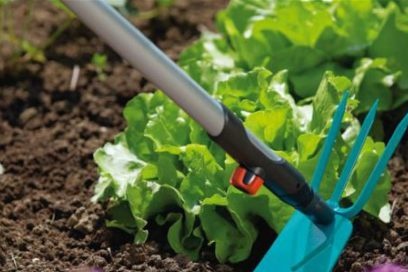 The temperature background is gradually stabilizing. Insects enter the active phase. The gardener expands the arsenal of preventive drugs and digs the site. Weeds and the remnants of the previous crop are removed. The less dirt and biological debris in the garden, the fewer pests can be expected.The second stage is fertilizer application, taking into account the type of soil.
The temperature background is gradually stabilizing. Insects enter the active phase. The gardener expands the arsenal of preventive drugs and digs the site. Weeds and the remnants of the previous crop are removed. The less dirt and biological debris in the garden, the fewer pests can be expected.The second stage is fertilizer application, taking into account the type of soil.
March calendar
| date of | What is allowed | Manipulation in the garden | We optimize soil | Protection |
| 10-17 | Planting tomatoes, peppers, pumpkin, legumes, cabbage. Berries, seeds of one and two-year-olds are planted | Vaccination, budding, layering, rooting. Root dressing | Hilling, digging, plowing | The danger is viral and fungal diseases. The gardener processes seedlings taking into account the type of soil and the nature of the planted crops. The top list of ailments includes spotting and rust. |
| 1-4, 24-31 | Planting of green, root crops, onions, potatoes | Foliar top dressing | — | — |
| 5-7, 19-21 | — | Weeding, thinning | — | The soil, which was actively supplied with organic matter, contains many nematodes, worms, and garden midge larvae. First, the summer resident inspects the crops. Once the source of the problem is identified, the landings process |
| 6 and 20 | No garden work | — | — | — |
Fans of ornamental plants begin to March 10-17. Fuchsia, "snapdragon", primrose or pansies are planted. Fans of home canning begin work on March 1-4 and March 24-31.
April calendar
| date of | What is allowed | Manipulation in the garden | We optimize soil | Protection |
| 9-16 | Planting tomatoes, peppers, pumpkin, legumes, cabbage, berries. The seeds of annual, perennial and greenhouse plants are planted in the ground. Mowing and sowing grass | Vegetative propagation of crops is allowed. Perform root dressing | Hilling, plowing, digging | — |
| 1-3, 23-30 | Planting greens, root crops, onions, potatoes. Bookmark vegetables for long-term storage | Make root dressing out | — | High risk of rot, gum, discoloration, premature death of tissues. |
| 4-6 | — | Pruning and weeding | — | — |
| 10-12 | Sauerkraut | — | — | — |
| 5, 19 | Do not carry out work, do not lay agricultural products for long-term storage, do not preserve | — | — | — |
In April-May, daylight hours increase. All kinds of greenery of ornamental plants are planted. Spicy herbs, daikon, radish, carrots - the gardener places various types of green spaces in the open ground. The only caveat is the consideration of the climatic features of the region. The second rule is to take into account the prevailing type of soil. The list of ornamental plants that are planted in April-May includes aster, cloves and all annuals.
Green spaces in the active phase of growth
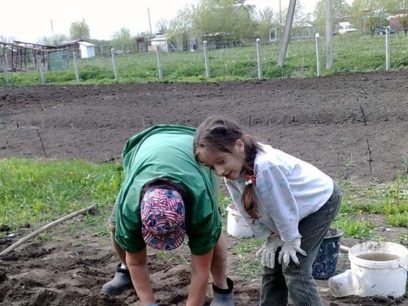 I decade of June - time to complete planting. In hot regions, planting of radishes, sorrel, spinach and dill is allowed. The gardener directs forces to regular weeding and digging. June-July - the time of activation of parasites in the soil.
I decade of June - time to complete planting. In hot regions, planting of radishes, sorrel, spinach and dill is allowed. The gardener directs forces to regular weeding and digging. June-July - the time of activation of parasites in the soil.
June calendar
| date of | What is allowed | Manipulation in the garden | We optimize soil | Protection |
| 10-17 | Planting tomatoes, peppers, pumpkin, legumes, cabbage, berries. The seeds of annual, perennial and greenhouse plants are planted in the ground | Vegetative propagation | Mowing and sowing grass | — |
| 1, 24-29 | Planting green root crops | — | — | — |
| 5-7, 19-21 | — | Weeding, thinning, trimming | — | — |
| 3-5, 8,12, 16-18, 20 | — | — | Organics | — |
| 3,4,9, 16, 18-19 | — | — | Mineral Fertilization | — |
| 6,20 | No work | — | — | — |
July calendar
| date of | What is allowed | Manipulation in the garden | We optimize soil | Protection |
| 7-14 | Planting tomatoes, peppers, pumpkin, legumes, cabbage, berries. The seeds of annual, perennial and greenhouse plants, berries are planted in the ground | Vegetative propagation. Weeding, thinning. Root dressing. | Sowing grass | — |
| 21-26 | Planting root vegetables, onions, potatoes | Foliar top dressing | — | Application of nutrient mixtures taking into account the nature of planted crops |
| 2-4, 16,18 | — | Weeding, thinning | — | — |
| 3, 17 | No work | — | — | — |
August calendar
| date of | What is allowed | Manipulation in the garden | We optimize soil | Protection |
| 5-12 | Planting tomatoes, peppers, pumpkin, legumes, cabbage, berries. The seeds of annual, perennial and greenhouse plants, berries are planted in the ground | Vegetative propagation. Weeding, thinning. Root dressing. | Hilling, digging, plowing | Digging and regular inspection of the aerial parts of landings |
| 19-24 | Planting root crops, onions and greens | — | — | — |
Adverse days in August are taught on the 1st, 15th, 16th, 17th, 18th, 30th.
Autumn marks the end of the agricultural year
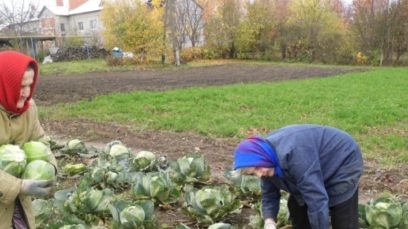 Harvesting and preparing seed material - 2 autumn trends. Seeds for next year are laid out in sealed bags. They are placed in a dark and dry place. Despite the large front of work, several unfavorable dates are distinguished during the autumn months:
Harvesting and preparing seed material - 2 autumn trends. Seeds for next year are laid out in sealed bags. They are placed in a dark and dry place. Despite the large front of work, several unfavorable dates are distinguished during the autumn months:
- September: 14-17, 28;
- October: 12-13, 15, 26;
- November: 12, 26, 13, 15.
On these dates, refrain from manipulating with green spaces. In September crocuses and a tulip are planted. Fans of fresh salads prefer radishes, herbs and herbs.
Calendar for September and October
| date of | What is allowed | Manipulation in the garden | We optimize soil | Protection |
| 4-11 | Planting seeds and transplanting seedlings | Vegetative propagation. Root dressing | Sowing grass and haying | — |
| 18-23, 30 | Planting potatoes and bulbs | Foliar top dressing | — | Application of nutrient mixtures taking into account the nature of planted crops |
November and December are the months that complete the agricultural year. In closed ground and in pots on the windowsills, dill, arugula and other greens matured. The gardener pays attention to removing fallen leaves and mulching the soil. Prevention is an effective way to protect seedlings from pests and diseases. Bet on organic mulch. In December, work is not carried out. A month according to the lunar calendar is used to rest the soil.
Zodiac assistants of the summer resident
Scientists have discovered a relationship between time periods and the activity of certain cultures. Botanists presented their findings in the form of zodiac signs. Cancer is a productive symbol. Work with stunted green spaces with sturdy stems. The zodiac sign will make vegetables, berries and fruits juicy. Other astral symbols manifest themselves as follows:
- Scorpio - fast germination. A strong root system is formed at the landings. There is a high risk of crop loss from infectious diseases.
- Fish - seedlings are full of vitamins, but they certainly won’t go up.
- Taurus - the harvest will delight the gardener. Of the shortcomings of botany, slow growth is distinguished.
- Scales are fragile and tasty fruits. Such a harvest awaits the summer resident. The “pluses" of the scales include the minimum risk of developing diseases and the appearance of pests.
- Capricorn - productivity will be average. The seeds that the summer resident collects will give a high level of yield next year.
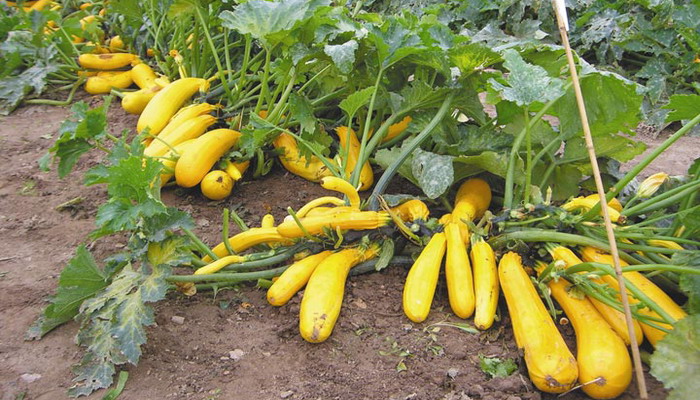 You may be interested in:
You may be interested in:Sagittarius, Aries, Aquarius, Leo, Gemini and Virgo - productivity at a minimum level. High risk of seedlings loss due to disease.
The lunar calendar is based on the results of observations of scientists and summer residents. The information is analyzed and systematized. The calendar contains favorable and unfavorable days for manipulating seedlings in open and closed ground. Astrologers remind - the lunar calendar is adjusted as each month approaches. To minimize the likelihood of error will allow clarification in which sign the night luminary is located on a particular day.

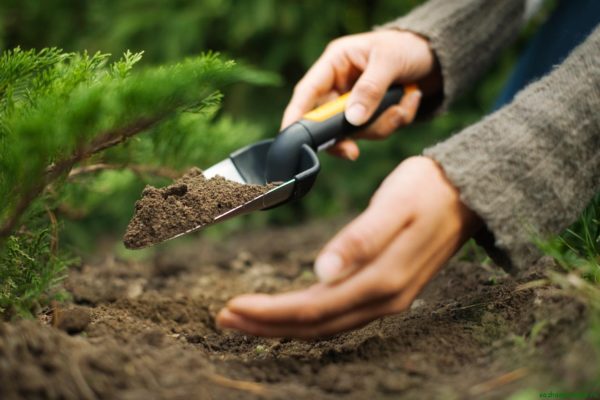 Sowing calendar for August 2024
Sowing calendar for August 2024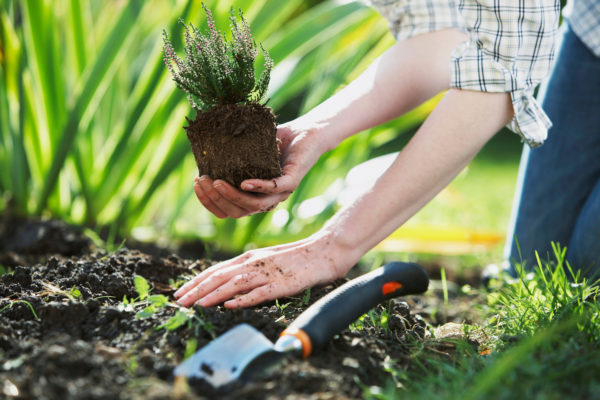 Sowing calendar for June 2024
Sowing calendar for June 2024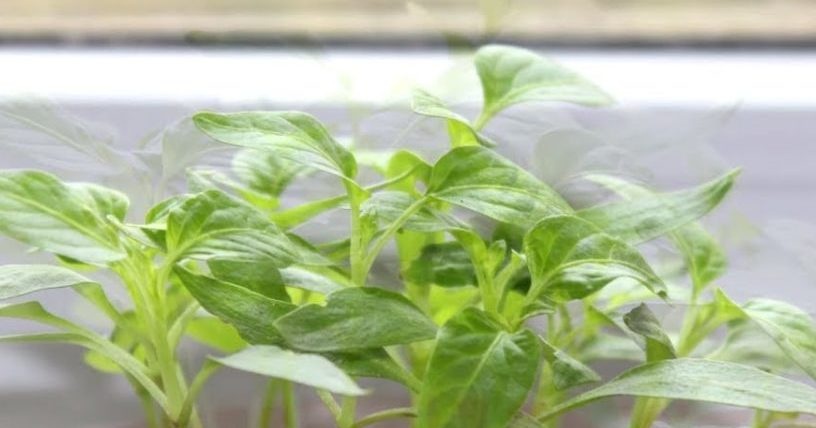 Sweet pepper (Bulgarian) - planting dates for seedlings and the lunar calendar 2024
Sweet pepper (Bulgarian) - planting dates for seedlings and the lunar calendar 2024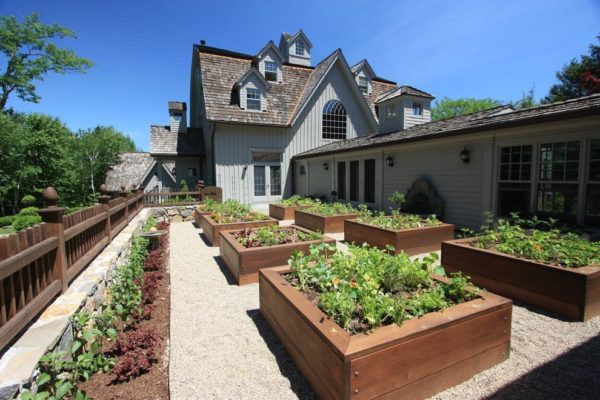 Boarding days in June 2019: favorable days
Boarding days in June 2019: favorable days